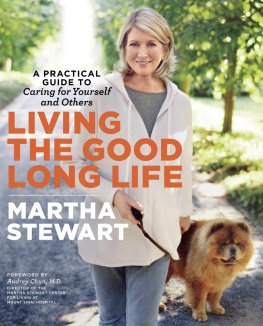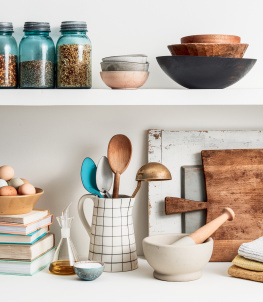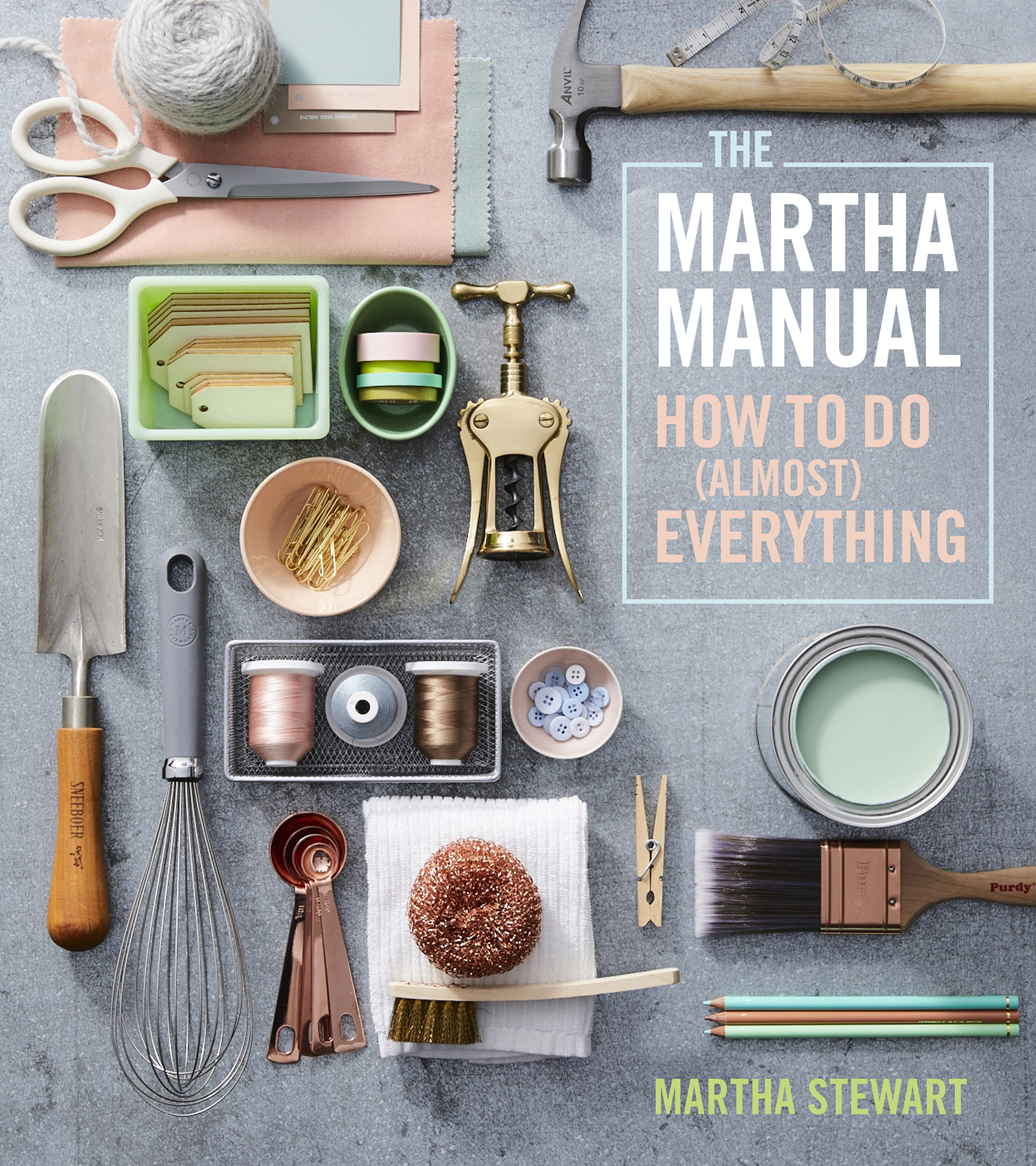
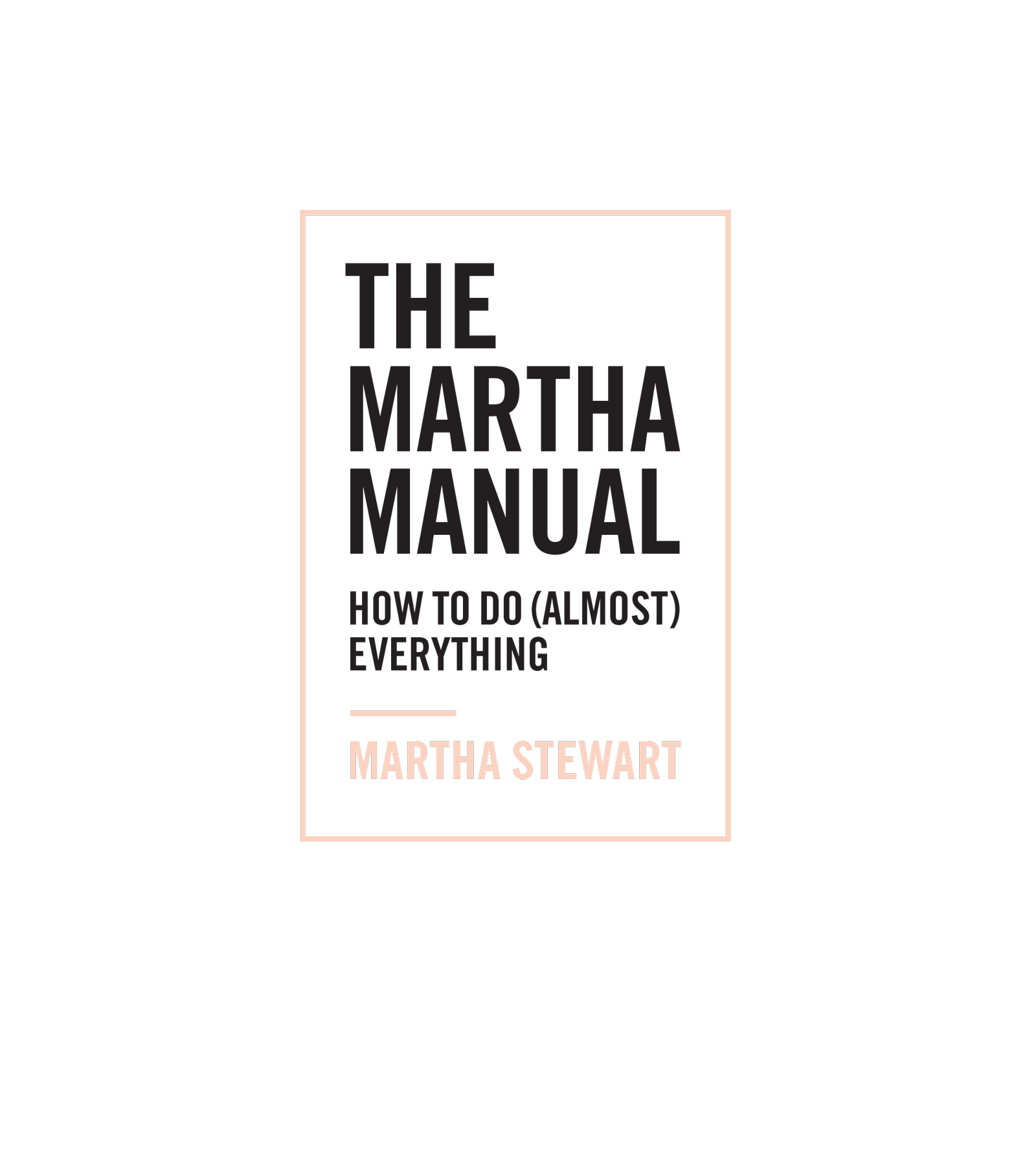
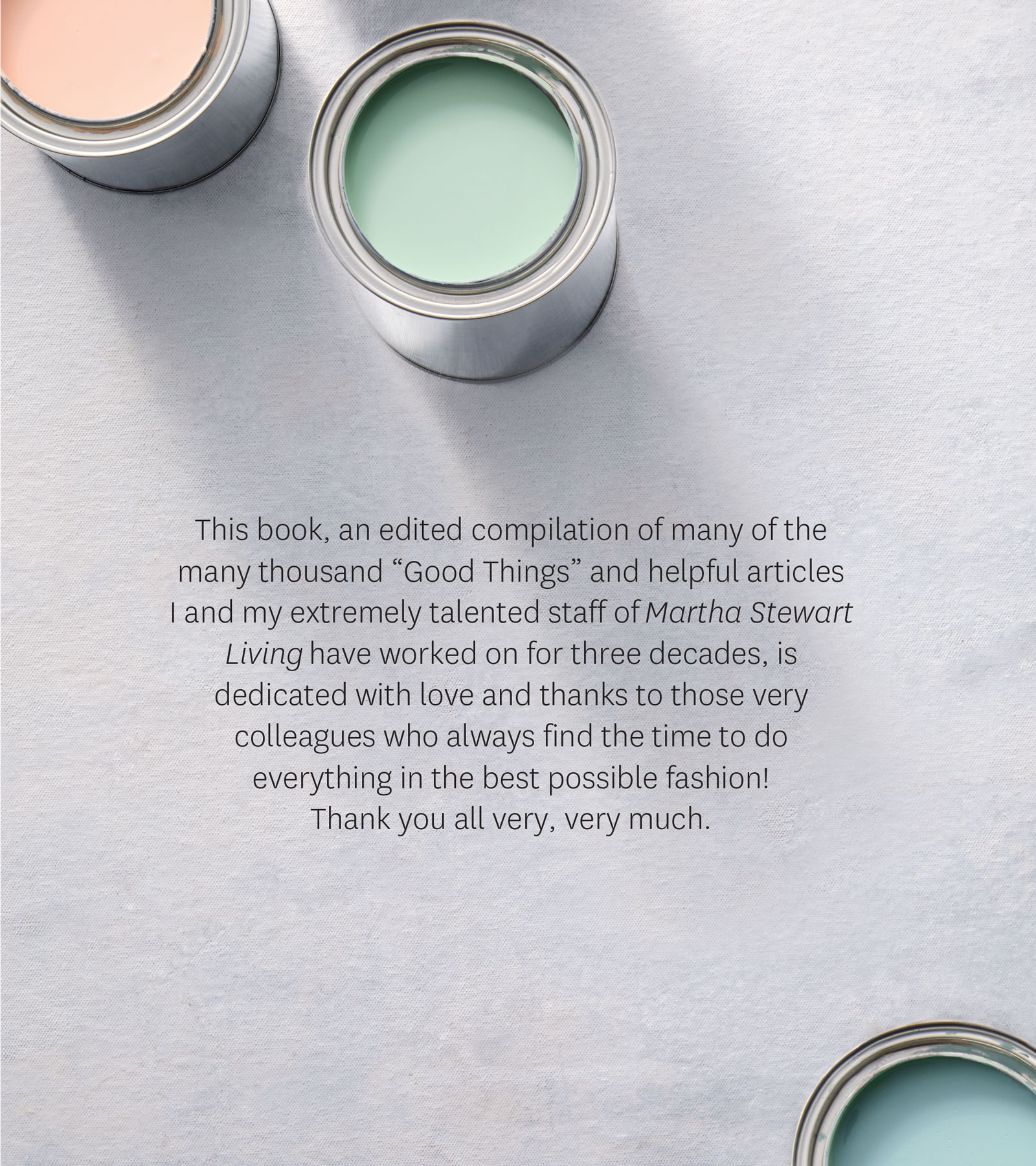
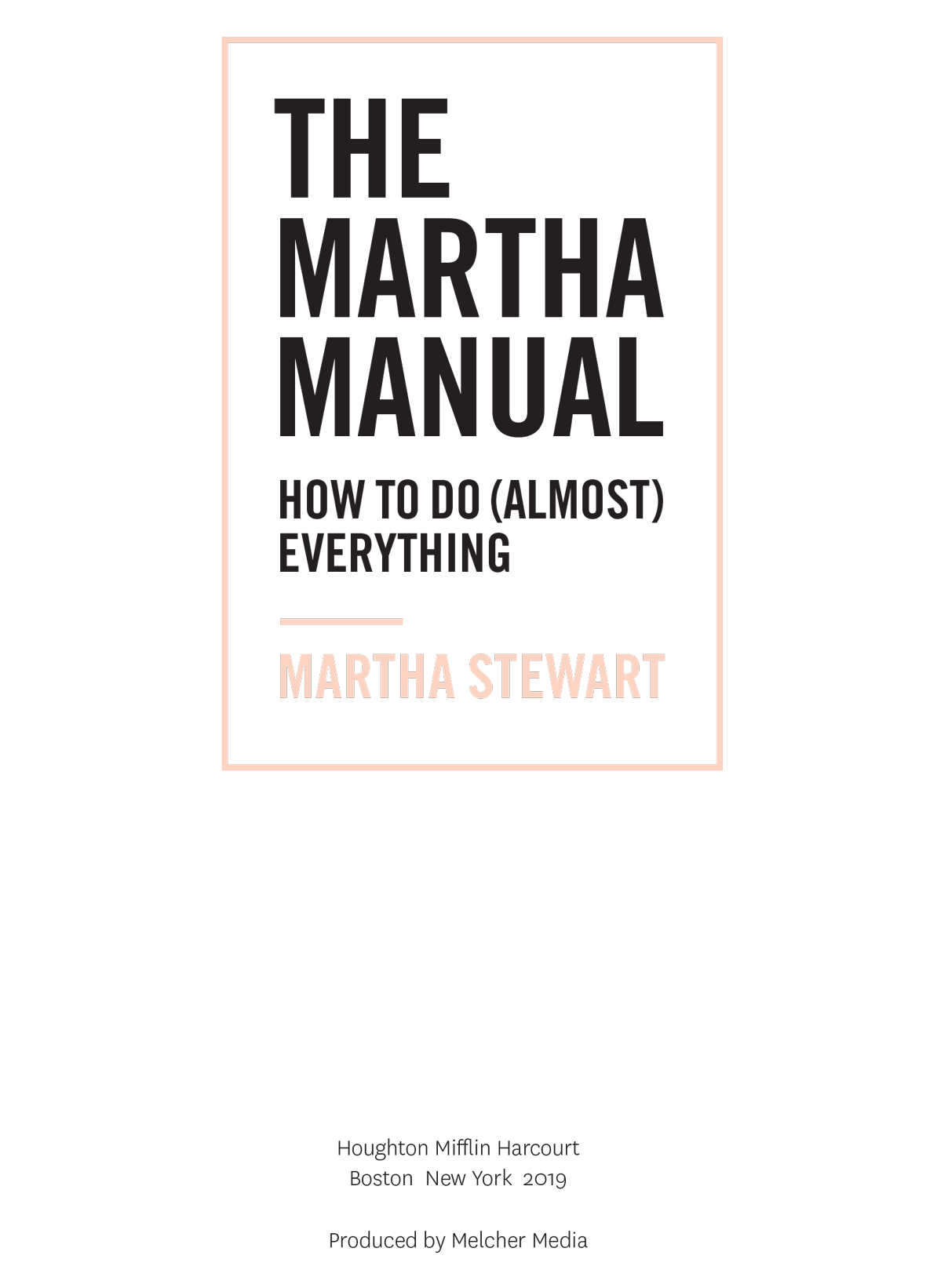
Contents
How to organize
How to fix and maintain...
How to
How to clean
How to
How to
How to
How to
How to
How to celebrate
How to

Introduction
Not to be boastful, but I believe I can write a book like this, a manual on how to do (almost) everything, without feeling as if I am overstepping my expertise, or taking on a subject too large for any one person.
In fact, how-to could be my middle name: I have always been on the lookout for the most practical, appealing, efficient, and sensible way to accomplish everyday and meaningful tasks, and I have devoted my life to discovering and sharing those solutions. Once I find the smartest way to vacuum a room, the most sensible way to plant a tree, the finest way to organize a drawer, or the most beautiful way to decorate a cake, I am committed to teaching that method until I learn another, better way to do such a task. And I am always aware there might be a better way!
I do not know when I became so task oriented, but I do remember how quickly my lovely mother, Big Martha, could pick string beans; how easily she could iron a shirt, as if it came from a professional dry cleaner; or how organized she could be in preparing our huge, delicious Thanksgiving dinner each year. She was a remarkable teacher, and so was my father, who (like the fictional father in his favorite movie, Cheaper by the Dozen) was an efficiency expert. There was no time for wasted actionspersonal flair could exist, as well as creativity, but only if no time was squandered.
We are now constantly told that we are too busy to learn anything newthat we cannot possibly fit a gardening lecture or a sewing lesson or a painting tutorial into our schedules. I vehemently disagree! Put down the cell phone and pick up some knitting needles, a trowel, or even a screwdriverand make, plant, fix. Youll be glad you did.
Martha Stewart
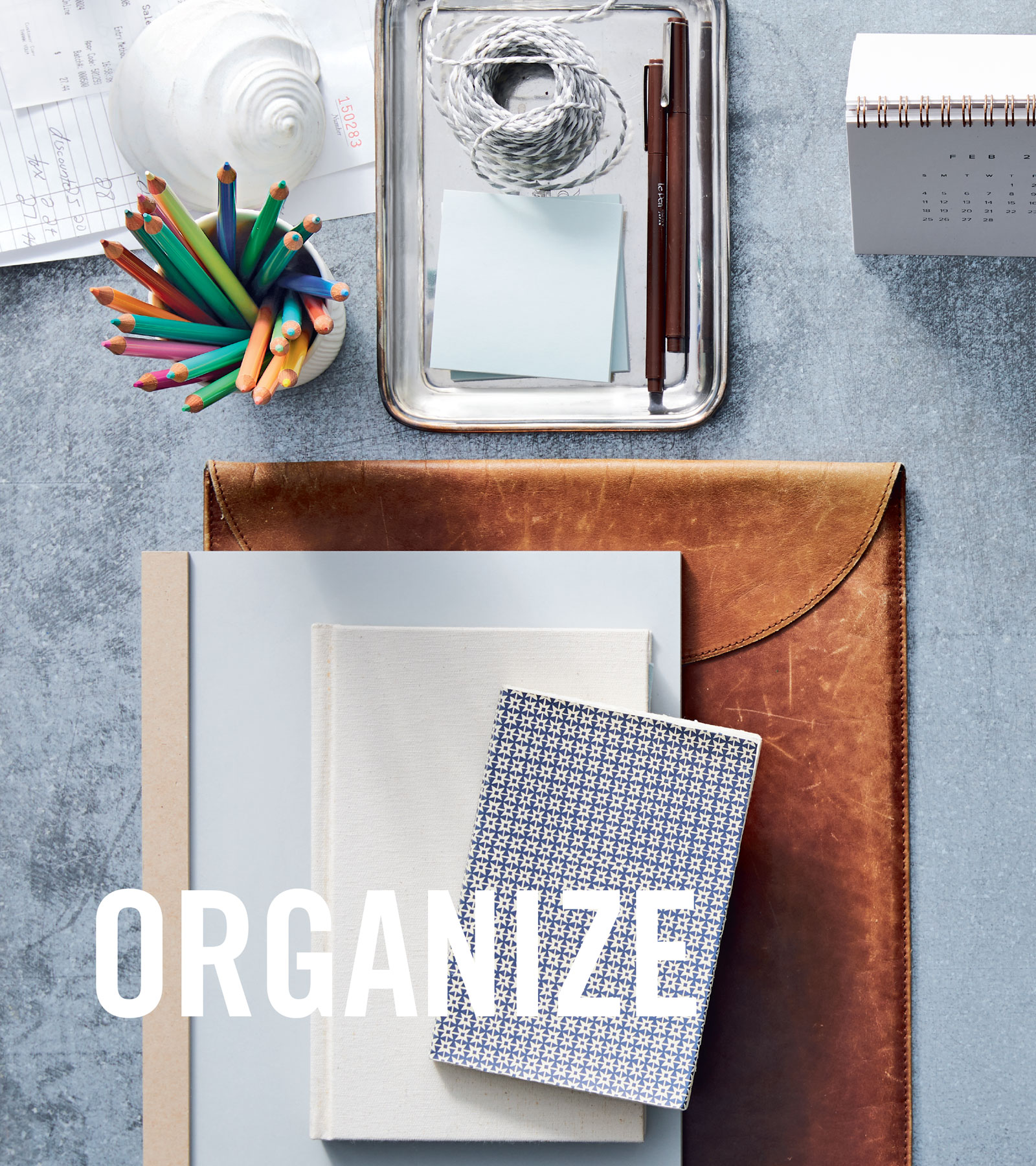
Organize
A well-organized homewhether yours is a country house, a city apartment, a cabin in the woods, or a cottage by the seamakes living well that much easier.
If the kitchen is smartly arranged, cooking and baking will be more enjoyable. If your bathroom is appropriately stocked and well-appointed, then even guests can use it and feel as if the space is their own. When your closet is well designedwith designated places for shoes, bags, suits, dresses, and pantsthen getting dressed will be a pleasure. And when kids rooms are neat, with toys and games and learning materials within easy reach, children will stay happily busy (and may even be more likely to pick up after themselves).
Good organization applies to all the spaces in ones home, starting with the entryway, but also including those areas that some of us tend to neglect, such as the garage, attic, and basement. I have spent a lot of time organizing and reorganizing my homes for photo shoots, for television shows, and for my family and myself. This has afforded me the opportunity to test innumerable ideas for making each space livable, workable, and comfortable. In the following chapter, we share some of the very best of those ideas, room by roomeven and especially the all-important, hardworking laundry room. We have also distilled decades of organizing advice into what we call the golden rules, which I myself find to be highly effective. My number one organizing principle? Give everything its own place; start there, and you will find the rest comes all the easier.
The Golden Rules
of Organizing
Its easy to be seduced by the promise of order. So the thinking goes, as long as our keepsakes are tucked away, our desks neat and tidy, and our closets jumble-free, our lives will be similarly serene.
Yet most organizing manifestos bear the familiar battle cryCombat clutter! Conquer chaos!as if life were a no-win war against all our belongings. Instead, heres a radical proposition: Toss out the old mantras and view organizing as less a problem to be solved and more an opportunity to embrace.
In that spirit, keep these guiding principles in mind as you put (and keep) your own home in tip-top shape.
1. Be Targeted
Rather than tackle the whole house, target one room at a time. Focus first on high-use areassuch as the bathroom or home office. Next address the places you usually ignore. If theres an overflowing drawer that makes you wince every time you open it, remind yourself that its probably less taxing to sort through it than to feel frustrated every day.
2. Pare Down
Its impossible to have a well-organized space when theres too much stuff to fit into it. Take a hard look at your rooms and then edit out what you dont use (see Four-Box Formula below).
3. Unify Storage
No matter their contents, matching containers make any space more organized. Use woven baskets, metal bins, canvas cubbies, or wooden crates. If you want a matching set, paint them a uniform color.
4. Rethink Furnishings
Furniture need not be used for its original purpose. If you no longer require an armoire to store clothes, turn it into a home office; a bookcase can be an entryway bench.
5. Consider Proximity
Keeping items near where they are used will make each room more efficient. Tuck infrequently used items away to clear visual (and mental) clutter.
6. Group strategically
In other words, stash things that are used together in the same spot. Think spare candles with matches, wrapping paper with ribbon and scissors, and so on.
7. Maximize Space
Look high and low for space-making inspiration. Mount a ledge over a door; carve out a nook beneath a kitchen cabinet; put under-furniture spaces to work.
8. Stay Focused
Avoid having to start from scratch with your organizing goals each year. Instead, implement a system for staying on top of your spaces, scheduling time on your calendar, and then sticking to that plan (see ).
Four-Box Formula
Its hard letting go of our possessions, so systematize the process. Set up four boxes and label them Keep, Toss, Donate, and Sell. Then get to work.
KEEP
Keep important items and put them in their proper placesor assign them permanent homes.
TOSS
Toss out products that are no longer useful and paperwork thats no longer required (see How Long Should You Keep Records?, ).
DONATE
For everything that remains, ask yourself, When was the last time I used it? Do I need it? If you cant remember or arent sure, the item can go (see Donation Guidelines, ).
SELL
Sell anything of value, either online or via a tag sale (see How to Organize Tag Sales, ).


